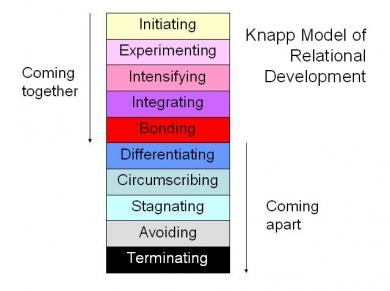Media globalisation is the competitive process in which media firms attempt to acquire a larger share of the profits available in the international market. Businesses, by and large, subscribe to the three fundamental methods of globalisation, namely complementary expansion, vertical expansion and horizontal expansion. Along with the varied media business opportunities, individual firms would thus, enlist the use of more than one approach of globalisation.
Featured on the lifestyle section of the Straits Times newspaper on October 15, Twentieth Century Fox Film Corporation had filed a lawsuit against Sohail Maklai Entertainment Private Limited and AAP Entertainment Limited, alleging a copyright infringement in an upcoming film. The Bollywood flick Knock Out, was imputed to be a blatant copy of the Hollywood blockbuster Phone Booth aired in 2003, starring Colin Farrell. The rip-off was a constitution of both storyline and screenplay with a particular scene exhibiting the central protagonist taking hostage of a victim within a phone booth and forcing him to reveal certain secrets. However, the special bench of Bombay High Court has since lifted an injunction blocking the film’s release, but with the implication of a compensation fee totalling 15 million rupees to be borne by the producers, and in addition, pending a further hearing.
The aforementioned film production studios embroiled in the recent saga are two heterogeneous identities embarking on the usage of varying avenues to globalisation. Most of you might be aware of the existence of Fox in the movie industry, especially with the wide array of films produced, which ranges from Star Wars, Ice Age, Alvin and the Chipmunks to The Chronicles of Narnia, while on the other hand, little is known or can be said about AAP, apart from the recent episode which propelled them to notoriety. This is clearly distinctive in the amount of related search results that came along with the two companies in various search engines; Fox enjoys overwhelming recognition globally whereas information yielded for AAP was close to insignificance and irrelevance. It is therefore, apparent that the popularity of AAP pales in comparison to Fox, which constitutes one of the dominating players in the film industry today.
Fox is a typical representation of horizontal expansion. They acquired a larger share of the profits available in the film industry by offering products in over 18 countries, comprising of continents such as Europe, Asia Pacific, United States of America and Latin America. By engaging in the use of exportation, they strive to remain relevant and competitive in the contemporary industry where movie products are no longer confined to a single host country, but being actively bought and sold. Movies are classified as a form of public commodity where the viewing of an individual does not interfere with another’s ability in consuming the same product. Therefore, the incremental cost incurred by Fox in exporting their work of cinematography, allowing for more audience access to the flick, is close to absolutely nothing. By virtue of the public good nature of movie products, wide circulation can in fact, reduce the cost of production. In essence, horizontal expansion can allow companies to gain competitive advantage over their rivals, including that of the resident firms.
Fox actualises globalisation through vertical expansion to increase its scale and to gain market power in the film industry. In a move to secure the services needed by Fox in the production of films, the acquisition of Blue Sky Studios is an example of vertical expansion that is beneficial perpetually in terms of reduced cost and increased profits. Other chains originating from Fox such as Twentieth Century Fox Animation, Fox Searchlight Pictures and Fox Atomic also serve to provide for the same purposes. In addition, as a subsidiary of News Corporation, the world’s third-largest media conglomerate, Fox is able to enjoy the advantages of affiliation such as increased publicity and priorities in theatre rights for first-exhibition. Techniques of vertical expansion targeted at achieving economies of scale can substantially enhance a firm’s economic welfare.
References
1. Straits Times. Film in Plagiarism Row Hits Screens. Retrieved October 21, 2010, from: http://www.straitstimes.com/BreakingNews/Lifestyle/Story/STIStory_591159.html\
2. Times of India. Fox Knocks Out Rip-Off. Retrieved October 21, 2010, from: http://timesofindia.indiatimes.com/entertainment/bollywood/news-interviews/Fox-knocks-out-rip-off/articleshow/6752342.cms
3. Fox International. 20th Century Fox International Official Webpage. Retrieved October 21, 2010, from: http://www.foxinternational.com/
4. Wikipedia. List of Film Production Companies. Retrieved October 22, 2010, from: http://en.wikipedia.org/wiki/List_of_film_production_companies

















